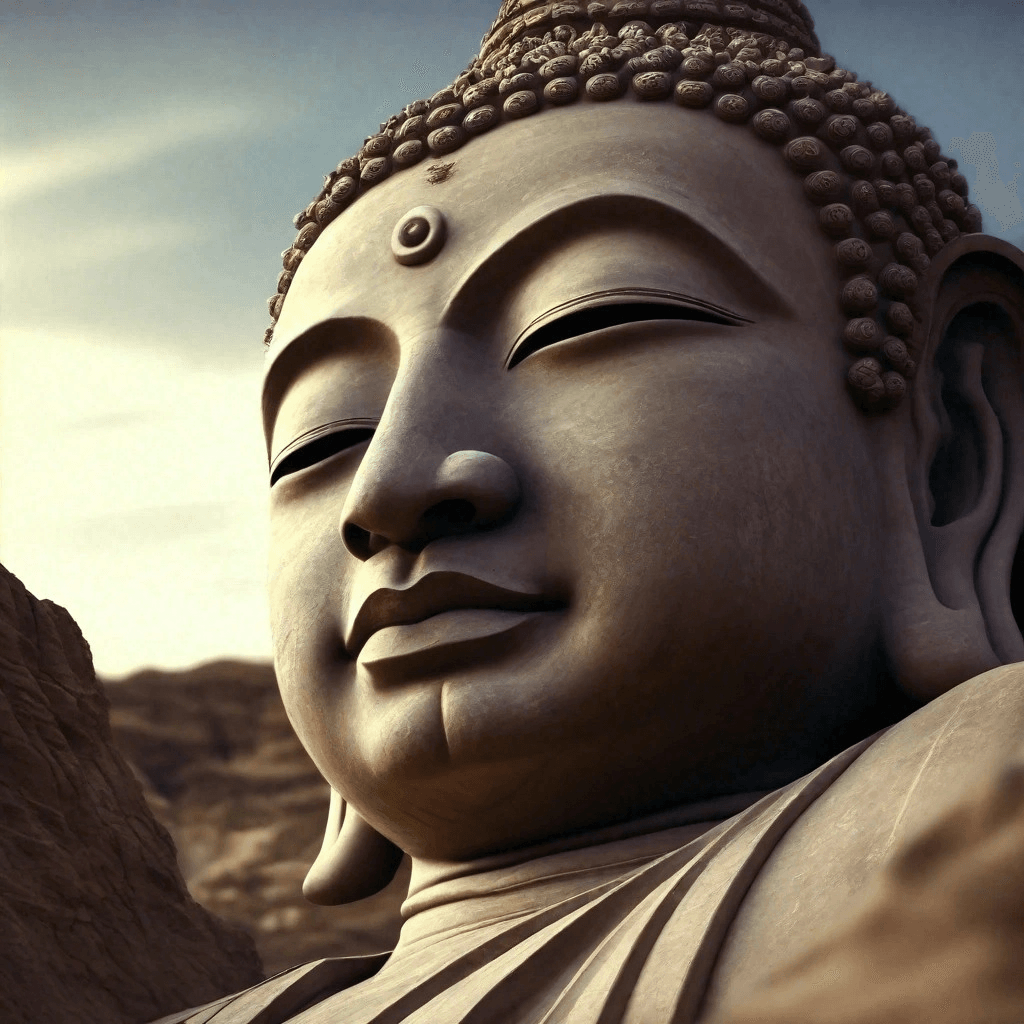
24.Using Mantras in Meditation
Using Mantras in Meditation
Mantras are powerful tools used in meditation to focus the mind, enhance concentration, and cultivate a sense of peace and calm. Derived from ancient spiritual practices, mantras are words or phrases that are repeated silently or aloud during meditation. Here, we explore the role of mantras in meditation, their benefits, and practical ways to incorporate them into your practice.
1. Understanding Mantras
Definition: A mantra is a syllable, word, or phrase that is repeated during meditation to aid concentration and mindfulness. Mantras can be sounds (like “Om”), words (like “Peace”), or phrases (like “I am calm”).
Origins: Mantras have roots in ancient Hindu, Buddhist, and Jain traditions, where they are used to invoke spiritual energies and focus the mind.
2. Benefits of Using Mantras
Focus and Concentration: Repeating a mantra helps anchor the mind and prevents it from wandering, enhancing focus and concentration.
Calming Effect: The rhythmic repetition of a mantra can induce a state of relaxation and reduce stress and anxiety.
Positive Affirmations: Mantras can serve as positive affirmations, reinforcing constructive beliefs and attitudes.
Spiritual Connection: In spiritual traditions, mantras are believed to connect the practitioner to deeper spiritual energies and insights.
3. Choosing a Mantra
Personal Preference: Choose a mantra that resonates with you personally. It could be a traditional Sanskrit mantra, an affirmation, or any word/phrase that holds personal significance.
Common Mantras:
– “Om”: A universal sound used in Hindu and Buddhist traditions, symbolizing the essence of the universe.
– “So Hum”: Translates to “I am that” in Sanskrit, emphasizing unity with the universe.
– “Peace”: A simple word that can invoke a sense of calm and tranquility.
– “I am calm”: A positive affirmation to reinforce a state of relaxation.
4. How to Practice Mantra Meditation
Preparation:
1. Find a Quiet Space: Choose a quiet and comfortable place where you won’t be disturbed.
2. Sit Comfortably: Sit in a comfortable position with your spine straight and your eyes closed.
Practice:
1. Begin with Deep Breathing: Take a few deep breaths to center yourself.
2. Introduce the Mantra: Start repeating your chosen mantra silently or aloud.
3. Focus on the Sound: Concentrate on the sound and rhythm of the mantra. If your mind wanders, gently bring it back to the mantra.
4. Maintain a Steady Rhythm: Keep the repetition steady and calm. There’s no need to rush.
5. Duration: Continue for a set period, such as 10-20 minutes. Use a timer if needed.
6. Transition: After finishing, sit quietly for a few moments before resuming your regular activities.
5. Tips for Effective Mantra Meditation
Consistency: Practice mantra meditation regularly, ideally at the same time each day, to build a habit and experience cumulative benefits.
Patience: Be patient with yourself. It’s normal for the mind to wander; gently guide it back to the mantra without frustration.
Comfort: Ensure you’re physically comfortable to avoid distractions during meditation.
Experimentation: Try different mantras to see which one resonates best with you and produces the most calming effect.
Integration: Use your mantra outside of formal meditation sessions, such as during stressful moments, to quickly center and calm your mind.
6. Examples of Mantras for Different Purposes
Calm and Relaxation:
– “Shanti” (Peace)
– “I am calm”
Focus and Clarity:
– “Om”
– “Focus”
Spiritual Connection:
– “Om Mani Padme Hum” (A Buddhist mantra invoking compassion)
– “So Hum” (I am that)
Positivity and Affirmation:
– “I am strong”
– “I am loved”
Conclusion
Mantras are powerful tools that can significantly enhance your meditation practice. By providing a focal point for the mind, mantras help reduce distractions, promote relaxation, and foster a deeper sense of inner peace. Whether you choose a traditional Sanskrit mantra or a personal affirmation, integrating mantra meditation into your routine can lead to profound benefits for your mental, emotional, and spiritual well-being. Experiment with different mantras and find the one that resonates most with you, and enjoy the journey towards greater mindfulness and tranquility.



